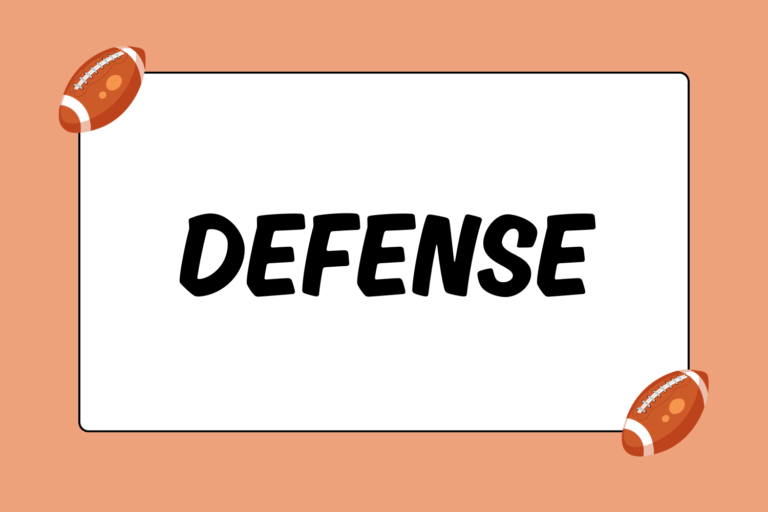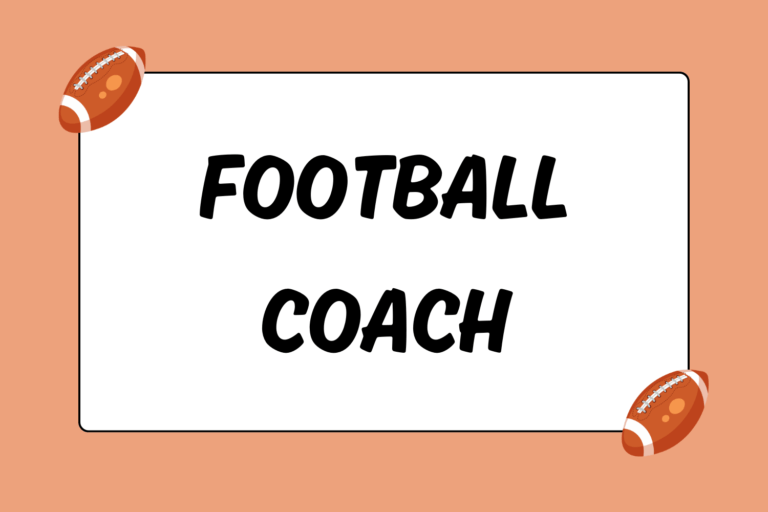A normal high school football season runs about four months, though to some players it may seem much longer than that … especially during practices. Still, that leaves a large chunk of time outside of regular football training, and unless you develop a rigorous training routine, and stick to it consistently, those eight months away from football make for a giant opportunity to lose your athletic edge. Fortunately, there’s a very easy way to stay in shape during that time: play other sports.
Supplementary Sports
Immersing yourself in a sport outside of football is a great way to both stay in top physical shape and keep your athletic instincts sharp. Though all sports are probably complementary to football in some way, some are more directly complementary than others. Here’s a list of some supplementary sports that will definitely make you a better football player.
Wrestling
Key Football Attributes: Strength, conditioning, stamina, mental toughness

- Wrestling improves a number of athletic attributes, none more so than boosting your stamina and endurance.
- A normal wrestling practice or training session will also provide a full-body strength workout equivalent to two straight hours of cross-fit weight lifting.
- Wrestling basically combines the endurance of conditioning drills with the strength training of a weight-lifting session.
In the end, good (or even adequate) wrestlers make great football players.
Another way wrestling benefits football concerns how the two sports are scheduled. Being that football is played in the fall and wrestling occurs in the winter, the transition from football player to wrestler is a great way to keep from slipping into a post-season lull. Think going from football to wrestling is too hard? Imagine weeks of two-a-day practices after almost eight months during which your most physically strenuous activity is yelling into your headset while playing video games online. Continuing to stay physically active after the football season ends is the key; wrestling is just a convenient way to do that.
Track and Field
Key Football Attributes: Running technique, explosiveness, endurance
The expression ‘you can’t teach speed’ is simultaneously true and misleading. Many people who hear that — athletes included — assume it means that they already run as fast as they can. While it’s true every athlete has a limit on how fast they can run, most athletes only hit that top speed after working for a long time on their form and technique. Even if you don’t want to compete in the events, joining the track and field team is a great way to stay in shape:
- Running is at the core of most events, and regardless of how far an event requires you to run, practicing for any of them is a great way to boost your endurance.
- Non-running events such as the discus or shot put are excellent events to train for if you’re looking for a strength-boosting activity.
- Every football player needs to be able to explode out of their stance as soon as the play starts. Repeatedly training to push off the starting blocks will help you cut down on the time it takes you to do so.
Even if you never actually compete in a race or event, participating in track and field is a great way to improve your running technique and boost your endurance.
Rugby
Key Football Attributes: Strength, stamina, speed, teamwork
If you’re looking to be a three-season athlete, few spring sports are a better choice than rugby. Much like how wrestling provides a nice transition out of the football season, playing rugby is a great way to walk into training camp ready to dazzle the coaches and secure a starting position. Also, the variety of positions in football closely mirrors those in rugby. While the responsibilities of the different positions in rugby aren’t quite as varied as they are in football, all sorts of players — from linemen to quarterbacks to punters — have a place in rugby. And linemen take note: In rugby they let you carry the ball!
Aside from the fact that both football and rugby are offspring of the same game, the skill set required to be successful in rugby is very similar to that of football.
- Rugby players play both offense and defense, forcing them to understand the game from both sides. Even if a football player only plays on one side of the ball, an increased understanding of the game will only help him play better.
- Rugby players are expected to be able to tackle, run consistently, and quickly get to the spot where the play is developing, much like football players.
- The relationship between single players and the whole team is very similar in rugby and football as well; players have roles, but those roles need to come together so the whole team can be successful.
Unlike a basketball player who can score 50 points, or the hockey player who can single-handedly net six goals, the key to success for both rugby and football teams is understanding that players must work together to win.
Supplementary Activities
If you are too busy during the offseason to commit to another team, or are maybe looking for a workout activity aside from just running and lifting weights, there are several options available that will help you both stay in shape and improve football-specific skills and attributes. Even if you are on another team, these kinds of activities are a great way to break up the monotony of a normal training routine, and can be done at your convenience.
Also, there are hundreds of athletic activities to choose from when looking for something to round out your workout. These are just a few of the possible choices:
Pilates:
Despite its perception of being an activity only for suburban housewives, a Pilates workout will improve the abilities of any athlete, regardless of the sport they play. Pilates works to improve the overall strength and flexibility of the core area of the body — the abdominals, lower back, hips, and glutes — which in turn improves balance, coordination, and reaction movement time.
Yoga:
Another activity that gets a bad rap because of public perception, yoga provides the ultimate ‘slow burn’ workout. It’s essentially a series of increasingly complicated stretches, and progression through the different poses forces individual muscles and entire muscle groups to work in unfamiliar ways. The result is an increase in flexibility, healthier joints, and an improvement in strength similar to what you would get with a low weight/high reps workout.
Racquetball:
Completely separate from any of the sports and activities listed so far is racquetball. Because of the confines of a racquetball court, the ball quickly changes direction and moves at high speeds, requiring players to react very quickly and constantly move around the court. As a result, racquetball is a great way to boost your hand-eye coordination, reaction time, and endurance.
Again, these are just a few of the different choices you have in choosing activities to supplement your workout habits. Don’t have a routine in place yet? Any one of these would be a great place to start.
Filling the Time
Maintaining the habit of regularly working out may seem like a difficult task, but it is nowhere near as hard as getting back into a routine after a long period of time off. Don’t force yourself into an activity; there are countless to choose from, so look around until you find some that you like. Staying in shape before and after the season isn’t punishment, and you don’t need to treat yourself like it is either. Enjoy exploring the variety of different workouts and training activities until you find at least one you like, and then get involved!





